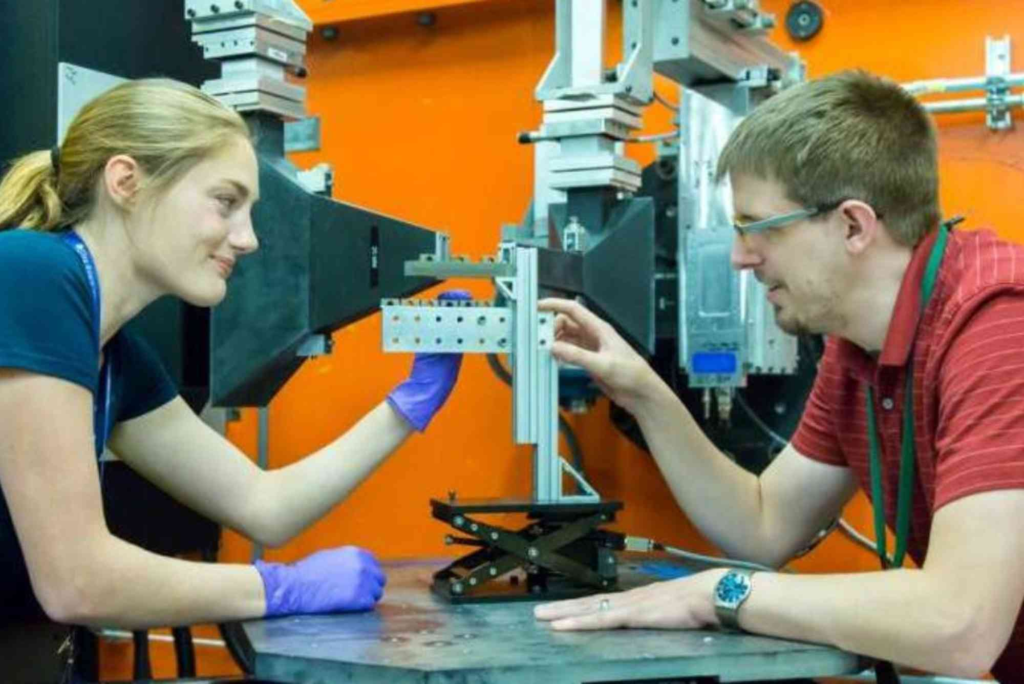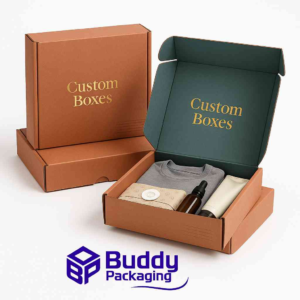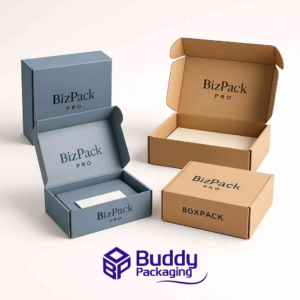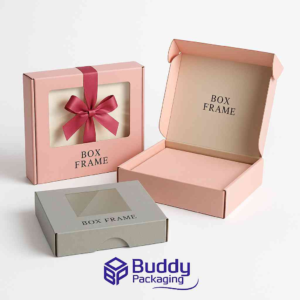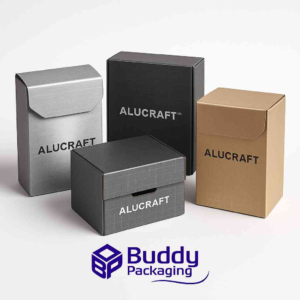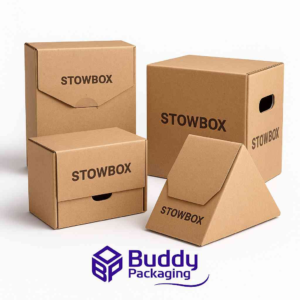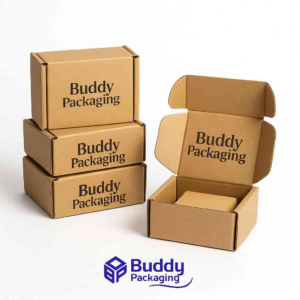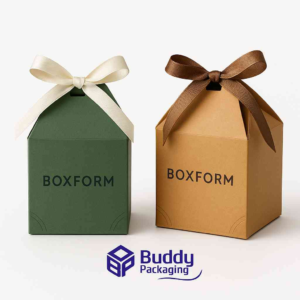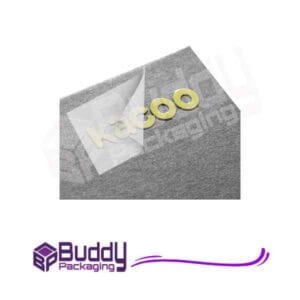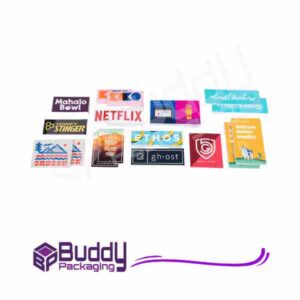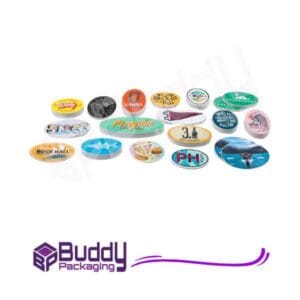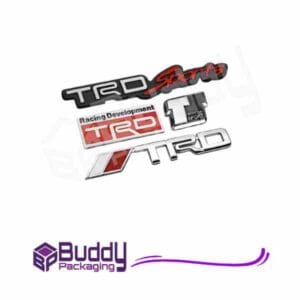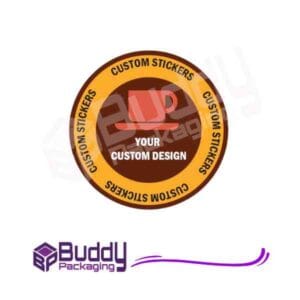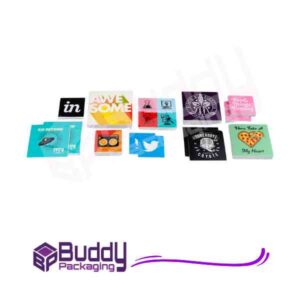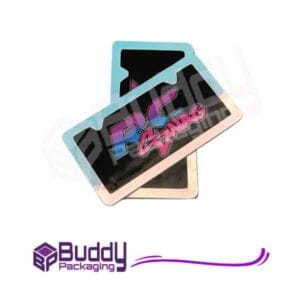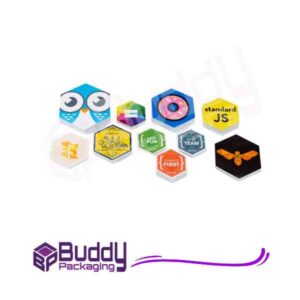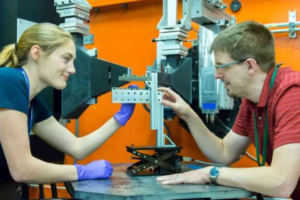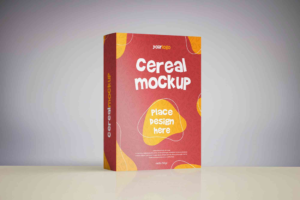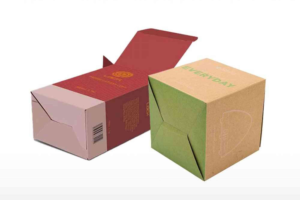Introduction
The world of design and manufacturing is rapidly evolving, and 3D printing sits at the heart of this transformation. As industries increasingly rely on digital fabrication, learning the 3D printing design curriculum is no longer just for engineers — it’s for creators, entrepreneurs, and innovators seeking to turn digital dreams into tangible realities.
This guide explores what a comprehensive 3D printing design curriculum looks like, its essential components, and how you can apply these skills in real-world scenarios.
3D Printing Design Curriculum
The 3D printing design curriculum introduces students and professionals to the process of designing, modeling, and fabricating three-dimensional objects using additive manufacturing. It bridges creativity with technology — teaching not only how to design but also how to think critically about material properties, structure, and functionality.
Modern curriculums integrate hands-on learning with digital theory. They combine CAD (Computer-Aided Design), material science, sustainability, and design thinking, helping students understand how a digital file transforms into a physical prototype.
Why Learn a 3D Printing Design Curriculum?
The need for innovation in product development and prototyping has made 3D printing a core skill in engineering, architecture, healthcare, and art. A structured curriculum provides a clear learning path from concept to creation. It empowers learners to design efficiently, avoid common modeling mistakes, and use printing tools effectively.
Professionals equipped with 3D printing knowledge can reduce development time, lower production costs, and explore creative solutions impossible with traditional manufacturing.
Core Components of a 3D Printing Design Curriculum
A well-rounded 3D printing design curriculum covers several interconnected areas that build both technical skill and design intuition.
Fundamentals of Additive Manufacturing
Students start by learning how additive manufacturing differs from subtractive processes. The curriculum explores various technologies like FDM (Fused Deposition Modeling), SLA (Stereolithography), and SLS (Selective Laser Sintering). Each method requires understanding its materials, speed, and precision to achieve optimal results.
Computer-Aided Design (CAD) Basics
CAD tools are the backbone of 3D design. Software like Fusion 360, SolidWorks, or Blender enables learners to create complex 3D models. The curriculum often includes design exercises that teach geometry manipulation, constraints, and optimization.
By mastering CAD, students gain the ability to visualize their concepts digitally before printing — saving time and resources.
Material Science and Selection
Choosing the right material determines a project’s success. In the 3D printing design curriculum, material selection modules cover PLA, ABS, nylon, and resin, alongside metals and composites. Understanding material properties ensures that designs maintain durability and functionality after printing.
Students also learn about sustainable materials and eco-conscious manufacturing — vital in reducing environmental impact.
3D Printer Operation and Maintenance
Beyond design, students learn how to set up, calibrate, and maintain different 3D printers. The curriculum provides hands-on experience in troubleshooting common issues such as warping, under-extrusion, or layer shifting.
This knowledge builds technical confidence, preparing learners for both academic projects and industrial applications.
Prototyping and Testing
A major part of the learning journey involves turning digital models into physical prototypes. Students test prints, assess tolerances, and refine designs. This iterative process develops problem-solving skills and fosters innovation.
Practical exercises mimic real-world product development cycles, helping learners adapt designs for consumer needs or mass production.
Design Thinking and Creativity
Design thinking encourages learners to approach problems from a human-centered perspective. It helps them craft solutions that are functional, aesthetic, and user-friendly. The 3D printing design curriculum emphasizes creativity as much as technical ability, integrating artistic exploration with engineering precision.
Advanced Modeling Techniques
For advanced students, courses delve into parametric modeling, generative design, and topology optimization. These techniques push the boundaries of what’s possible with 3D printing — from lightweight aerospace parts to complex organic structures used in biomedical fields.
Industry Applications and Case Studies
Real-world examples demonstrate how industries leverage 3D printing. From architecture models to automotive components, students see how design principles are applied in various sectors. Learning through packaging design inspiration from Packaging of the World can also broaden creative thinking and visualization skills.
Integrating 3D Printing with Product Design
The power of 3D printing lies in its ability to prototype and produce custom designs quickly. For entrepreneurs and product designers, integrating 3D printing into the product development pipeline allows for more agility and creativity. Concepts can move from digital sketch to functional prototype within hours.
The connection between design and production is particularly relevant in industries like Custom Packaging, where businesses value rapid prototyping for new product launches. For example, you can explore Custom Packaging ideas to test label placement, colour palettes, or 3D mockups before mass production.
Essential Tools and Software in a 3D Printing Design Curriculum
Learning the right tools is key to mastering 3D design. Most programs include:
- Fusion 360: Ideal for mechanical parts and parametric modeling.
- Blender: Perfect for artistic, organic, or conceptual designs.
- TinkerCAD: Beginner-friendly software for foundational learning.
- Cura or PrusaSlicer: For slicing 3D models into printable layers.
By experimenting with various software, students understand how different platforms handle geometry, texture, and printing parameters.
Challenges Learners Face and How to Overcome Them
While the 3D printing design curriculum opens new possibilities, learners often face hurdles that require strategic thinking.
Overcomplex Designs
Beginners tend to design intricate parts without understanding print limitations. Simplifying geometry and learning structural principles helps prevent failed prints.
Material Misuse
Each material has unique strengths. Experimenting with different filaments and understanding their melting points, flexibility, and adhesion properties reduces printing errors.
Lack of Iteration
Many skip the refinement phase. Iterating and testing different versions teaches resilience and design accuracy — both essential for professional-level projects.
Insufficient Printer Maintenance
Neglecting calibration and nozzle cleaning can lead to poor results. Regular maintenance ensures consistent output and longer printer lifespan.
Career Paths After Learning 3D Printing Design
Mastering the 3D printing design curriculum opens numerous career opportunities across sectors. Graduates can pursue roles as 3D modelers, prototyping specialists, industrial designers, or additive manufacturing engineers.
Architects, educators, and product developers increasingly integrate 3D printing into their workflow to enhance visualization and production capabilities.
In creative industries, designers combine 3D printing with graphic design and packaging design inspiration to produce unique product displays or prototypes for clients.
Implementing 3D Printing Education in Schools and Businesses
Educational institutions are rapidly introducing 3D printing to encourage hands-on STEM learning. Integrating it into science and design programs nurtures innovation and problem-solving from an early stage.
Businesses, too, are investing in corporate training to upskill employees. Understanding 3D printing helps companies stay competitive and adaptable to modern manufacturing needs.
Visiting Buddy Packaging Location showcases how local businesses can use 3D technology to prototype packaging materials, create efficient molds, or produce cost-effective designs.
FAQs
What skills are needed for 3D printing design?
A combination of CAD modeling, material understanding, and creativity are essential. Technical problem-solving and iterative design thinking also help.
How long does it take to learn 3D printing design?
Depending on the curriculum depth, beginners can gain proficiency within 3–6 months, while mastery may take a year of consistent practice.
Is 3D printing design difficult to learn?
It’s beginner-friendly with guided courses. Once you understand design fundamentals, the process becomes intuitive and rewarding.
Can 3D printing be used for packaging design?
Absolutely. 3D printing allows designers to prototype packaging, refine shapes, and test functionality before final production.
What industries benefit most from 3D printing?
Aerospace, healthcare, automotive, fashion, and architecture use 3D printing for cost-effective prototyping and product innovation.
The 3D printing design curriculum provides a transformative learning experience — merging creativity, technology, and innovation. Whether you’re an artist, engineer, or entrepreneur, understanding how to design and print effectively opens limitless possibilities.

